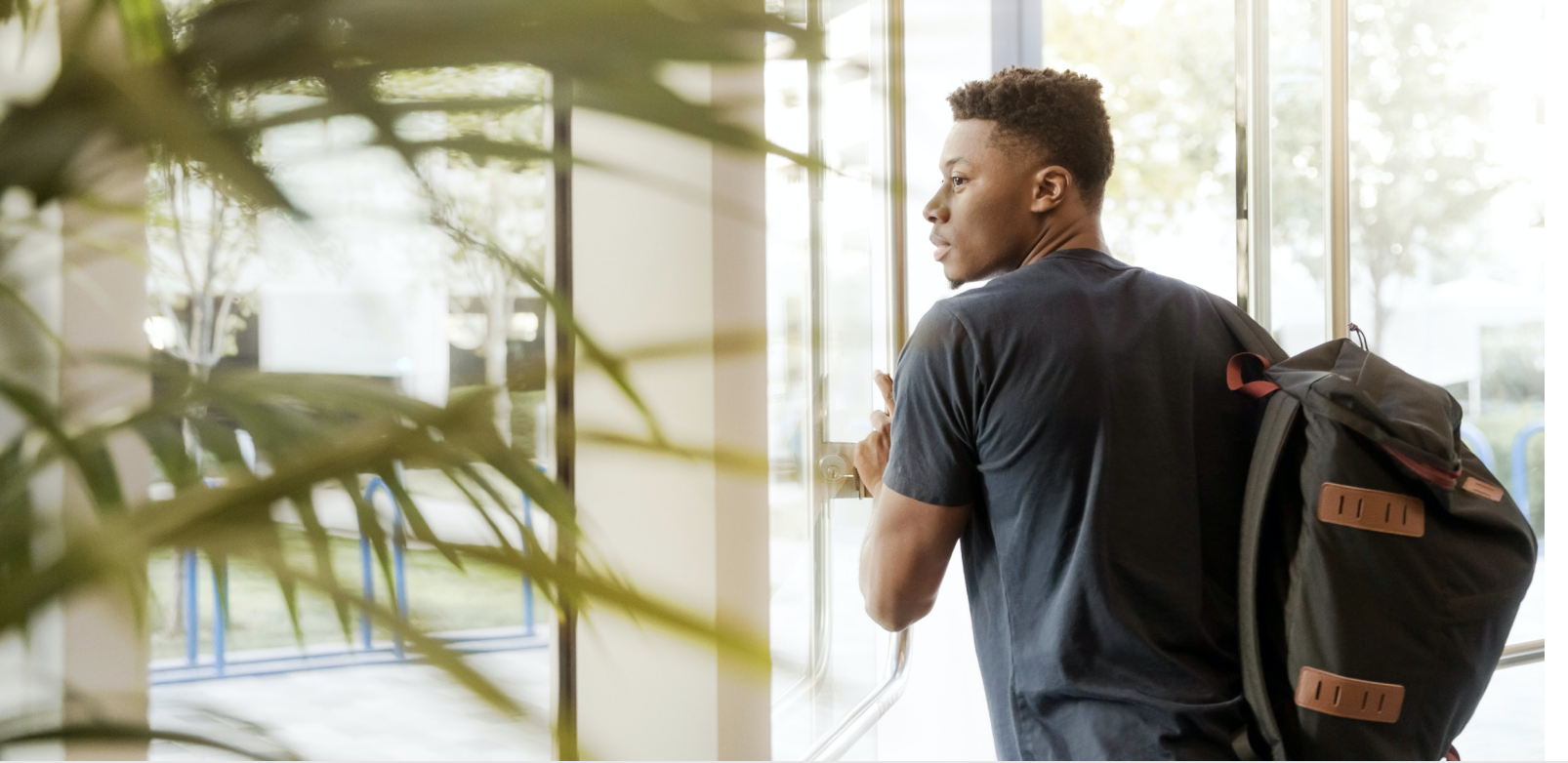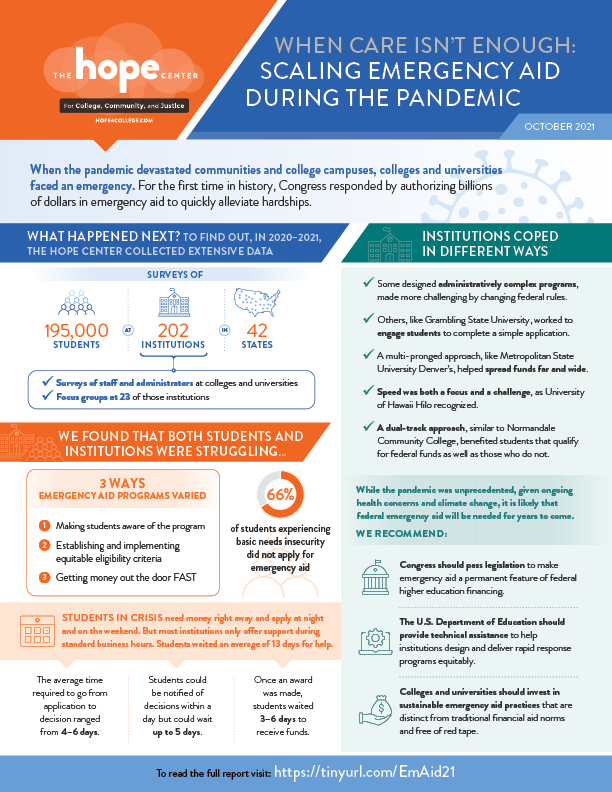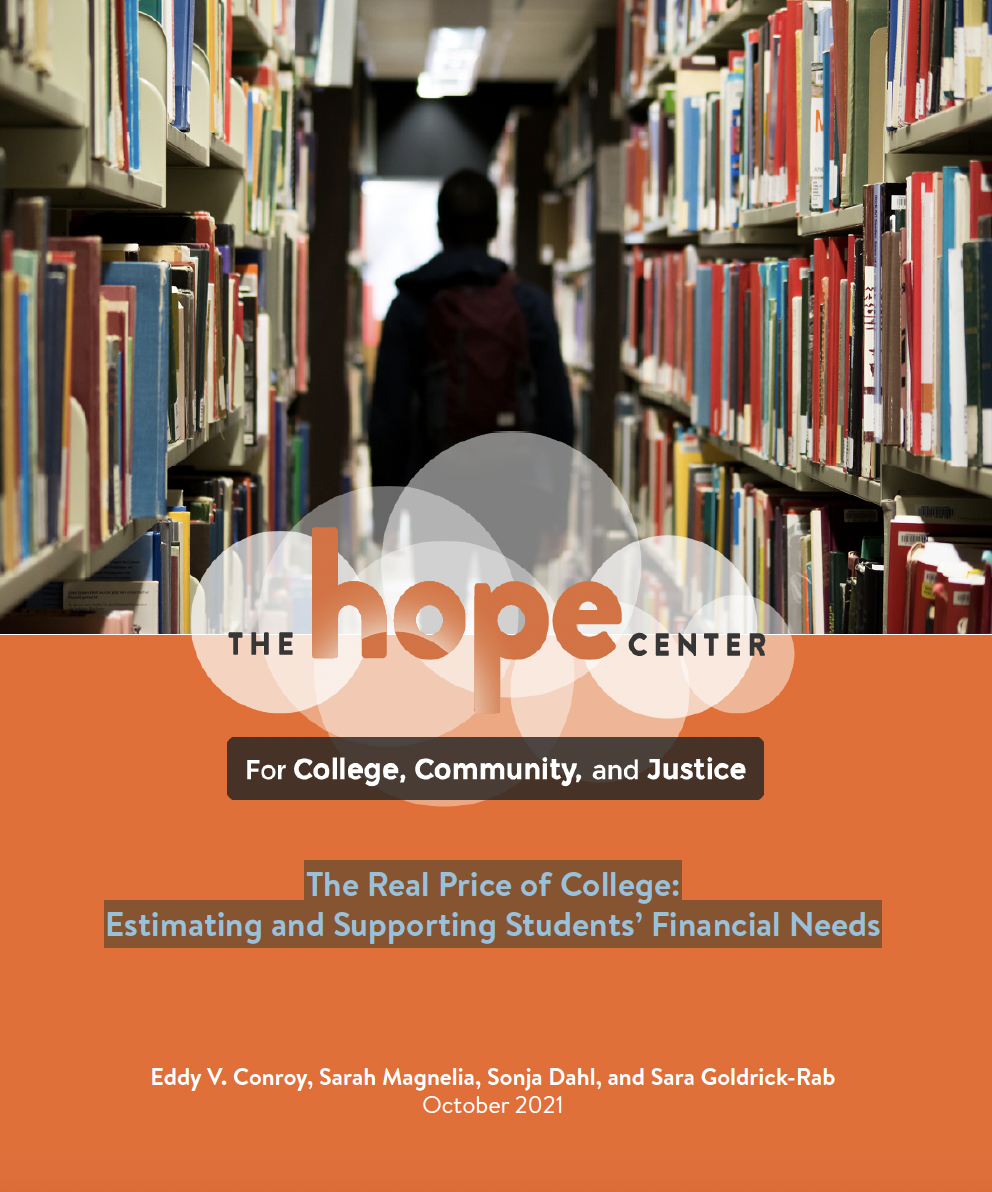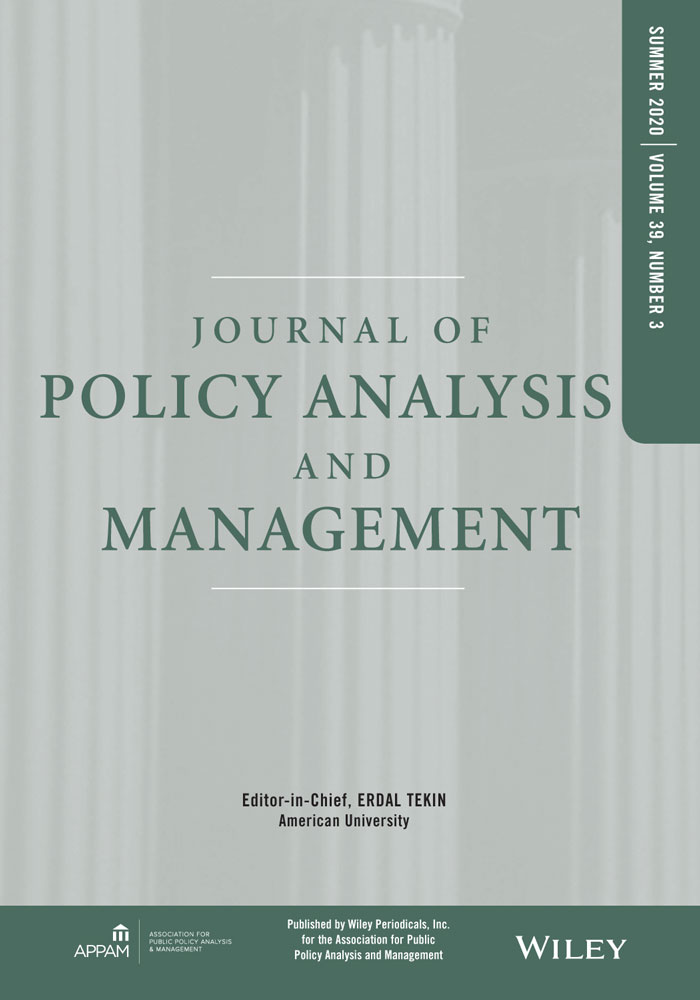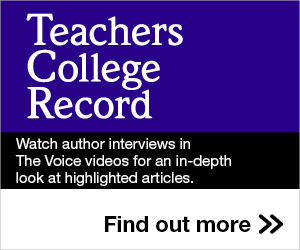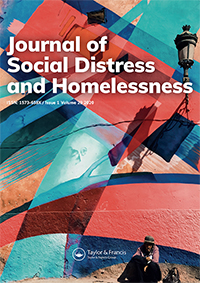Basic Needs Insecurity and Mental Health: Community College Students’ Dual Challenges and Use of Social Support (2022)
The objective of this study is to examine the potential co-occurrence of basic needs insecurity and mental health problems among community college students. These barriers to student success are gaining significant attention from college leaders and scholars, but they are often addressed in isolation, ignoring the potential reinforcing nature of these challenges. We use data from a national survey of community college students to examine the relationship between experiences of basic needs insecurity and mental health problems, and investigate the support systems that students rely on for help. Findings indicate that students who experience basic needs insecurity are substantively and significantly more likely than their materially secure peers to report depression, anxiety, and suicidal ideation, planning, or attempt, even after accounting for background characteristics. Those with both food and housing insecurities are even more likely to report mental health problems and the likelihood is positively associated with severity of material hardship. Given limited institutional supports, students often rely on friends or family for emotional and mental support. Receipt of social support is higher among those with mental health challenges, but it also varies by students’ basic needs security status. This suggests that students facing the dual challenges of basic needs insecurity and mental health problems may have exhausted this important social resource.

